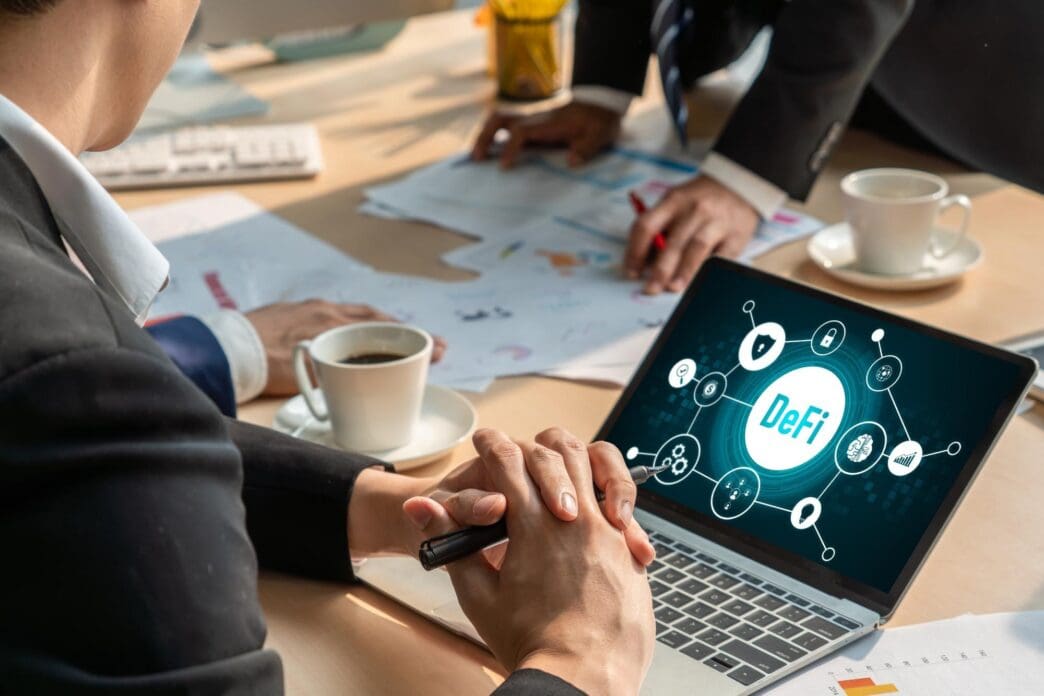Executive Summary
The Trajectory So Far
The Business Implication
Stakeholder Perspectives
Product-Led Growth (PLG) has emerged as the quintessential strategy for top Software-as-a-Service (SaaS) companies seeking rapid, sustainable expansion, fundamentally reshaping how businesses acquire, retain, and grow their customer base. This model prioritizes the product itself as the primary engine for user acquisition, conversion, and expansion, allowing users to experience value firsthand before committing financially. Companies like Slack, Zoom, and Dropbox have famously leveraged PLG to achieve explosive growth by enabling users to discover, adopt, and advocate for their solutions organically, driving lower customer acquisition costs (CAC) and higher lifetime value (LTV) across diverse industries globally.
Understanding Product-Led Growth (PLG)
Product-Led Growth is a business methodology where the product experience drives customer acquisition, retention, and expansion. Unlike traditional sales-led or marketing-led approaches, PLG centers on providing immediate value to users through the product, allowing them to explore and adopt features at their own pace.
This paradigm shift recognizes that today’s users prefer to try before they buy. They want to experience the solution directly and understand its benefits without the friction of a sales call or extensive marketing collateral. The product becomes the most effective sales and marketing tool.
The Evolution from Traditional Models
Historically, SaaS companies relied heavily on outbound sales teams and extensive marketing campaigns to generate leads and close deals. This often involved high CAC and a lengthy sales cycle, making it challenging for startups to scale quickly without significant capital investment.
Marketing-led growth focused on inbound strategies like content marketing and SEO to attract prospects, but still often funneled them into a sales process. PLG flips this script, empowering users to self-serve their way through the customer journey, from discovery to becoming a paying customer.
Core Pillars of a PLG Strategy
Successful PLG implementation hinges on several critical pillars that ensure the product can effectively drive growth autonomously. These pillars focus on user experience, accessibility, and continuous improvement.
Exceptional User Experience and Time-to-Value
At the heart of any PLG strategy is an intuitive, delightful user experience. The product must be easy to use, solve a clear problem, and provide immediate value upon first interaction. A quick time-to-value (TTV) is crucial, meaning users should grasp the product’s core benefit very quickly.
This often involves streamlined onboarding processes that guide new users to their “aha!” moment with minimal friction. Companies invest heavily in UI/UX design to make the product self-explanatory and engaging from the outset.
Freemium and Free Trial Models
Offering a free version (freemium) or a limited-time free trial is a hallmark of PLG. These models allow potential customers to experience the product’s core functionality without any upfront financial commitment. This reduces the barrier to entry significantly.
Freemium models provide a perpetually free tier with essential features, while free trials offer full access for a defined period. Both strategies aim to hook users by demonstrating undeniable value, encouraging them to upgrade to a paid plan for advanced features or expanded usage.
Seamless Onboarding and Activation
Effective onboarding is paramount in PLG. It’s not just about signing up; it’s about guiding users to successfully activate and realize the product’s core value. This involves in-app tutorials, contextual help, and personalized prompts.
Top PLG companies meticulously track user activation metrics to identify bottlenecks and optimize the onboarding flow. The goal is to ensure users quickly become proficient enough to experience the product’s benefits, increasing the likelihood of continued engagement and conversion.
In-Product Upsells and Expansion
Once users are engaged, PLG companies leverage the product itself to drive upgrades and expansions. This can manifest as in-app prompts for premium features, usage-based pricing tiers that encourage higher consumption, or collaborative functionalities that require more seats.
The product subtly educates users about the benefits of higher tiers or additional features, making the upgrade path feel like a natural progression rather than a sales pitch. This organic expansion reduces the need for aggressive sales outreach.
Data-Driven Product Development
PLG relies heavily on product analytics to understand user behavior, identify pain points, and discover opportunities for improvement. Companies track everything from feature usage and session duration to conversion rates and churn patterns.
This continuous feedback loop allows product teams to iterate rapidly, building features that users truly need and optimizing the experience for maximum engagement and growth. Data-driven decisions ensure the product remains at the forefront of user satisfaction.
Community Building and Virality
Many successful PLG companies foster strong user communities around their products. These communities provide peer support, share best practices, and offer valuable feedback to the product team. This builds loyalty and creates advocates.
Furthermore, products designed with built-in viral loops or network effects naturally encourage sharing and collaboration. Tools like Slack and Zoom thrive because their value increases with more users, driving organic adoption as teams invite colleagues and partners.
Examples of PLG Success Stories
Several industry giants have perfected the PLG model, demonstrating its immense potential for growth.
Slack
Slack’s meteoric rise was largely due to its product-led approach. Teams could sign up and start using the communication platform for free, experiencing its collaborative power firsthand. As more team members joined, the value grew, leading to organic adoption within organizations and eventual company-wide subscriptions.
Zoom
Zoom became a household name by offering an incredibly easy-to-use video conferencing solution with a generous free tier. Its seamless user experience and the ability to host meetings for free for up to 40 minutes drove widespread adoption during the pandemic, proving the power of immediate value and low friction.
HubSpot
While known for its comprehensive sales and marketing suites, HubSpot has increasingly embraced PLG through its free CRM and various free tools. This allows businesses to get started with essential functionalities, build familiarity, and then naturally upgrade to more advanced paid features as their needs evolve.
Challenges and Considerations for PLG
While highly effective, PLG isn’t without its challenges. Companies must ensure their product is truly self-serve and provides immediate, tangible value. Overly complex products may struggle with this model.
Additionally, balancing free user acquisition with monetization strategies is crucial. Companies need a clear path from free to paid conversion and must continually optimize their pricing and packaging to capture value effectively.
The Future of SaaS Growth
The product-led growth model is no longer just a trend; it is a fundamental shift in how successful SaaS companies are built and scaled. By empowering users to experience value directly through the product, businesses can achieve unparalleled market penetration, foster deep customer loyalty, and drive sustainable growth with greater efficiency. As user expectations continue to evolve, prioritizing the product experience will remain critical for any SaaS company aiming for market leadership.








